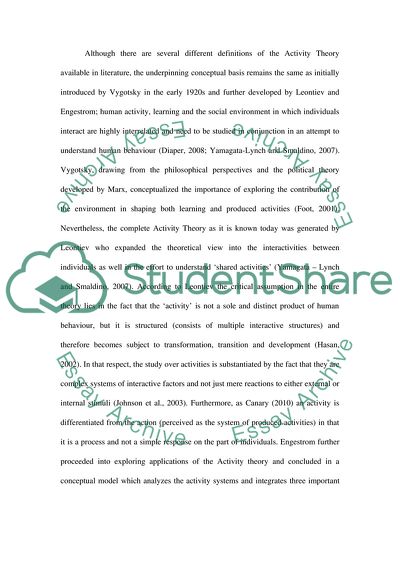Cite this document
(“Several Different Definitions of the Activity Theory Article”, n.d.)
Several Different Definitions of the Activity Theory Article. Retrieved from https://studentshare.org/psychology/1563860-the-activity-theory-using-this-theory-in-sudying-strategy-as-apratcice
Several Different Definitions of the Activity Theory Article. Retrieved from https://studentshare.org/psychology/1563860-the-activity-theory-using-this-theory-in-sudying-strategy-as-apratcice
(Several Different Definitions of the Activity Theory Article)
Several Different Definitions of the Activity Theory Article. https://studentshare.org/psychology/1563860-the-activity-theory-using-this-theory-in-sudying-strategy-as-apratcice.
Several Different Definitions of the Activity Theory Article. https://studentshare.org/psychology/1563860-the-activity-theory-using-this-theory-in-sudying-strategy-as-apratcice.
“Several Different Definitions of the Activity Theory Article”, n.d. https://studentshare.org/psychology/1563860-the-activity-theory-using-this-theory-in-sudying-strategy-as-apratcice.


